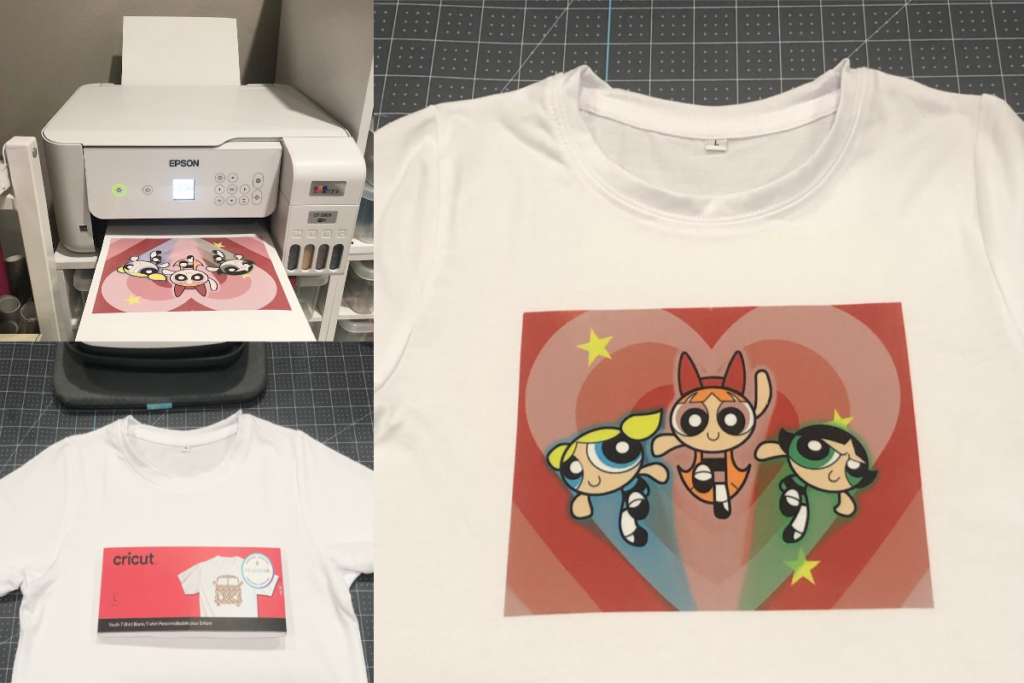Releasing Creative Thinking with Heat Transfer Vinyl Printing for Customized Layouts
Releasing Creative Thinking with Heat Transfer Vinyl Printing for Customized Layouts
Blog Article
A Comprehensive Guide to the Different Types of Fabric Printing Methods
Each approach, from the meticulous workmanship of block printing to the fast performance of display printing, serves special objectives and uses unique benefits. Digital printing's adaptability and ecological consciousness stand in raw comparison to the swift modification of heat transfer printing.
Block Printing
Block Printing, one of the oldest methods of textile design, has a rich history that dates back to ancient worlds. The process involves carving intricate layouts right into wood blocks, which are then dipped in dye and pushed onto fabric to develop patterns.
The precision and workmanship included in block printing make it a labor-intensive procedure, but it additionally permits a high degree of personalization. Artisans can develop one-of-a-kind patterns by incorporating various blocks or differing the application of dye. This flexibility has actually contributed to the long-lasting popularity of block printing in both contemporary and standard textile style.
Block printing is especially valued for its aesthetic qualities, including the slight variants in pattern and shade that result from the hand-printing process. These blemishes offer an one-of-a-kind character per item, identifying it from mass-produced textiles. Regardless of developments in contemporary printing technologies, block printing remains a valued method, commemorated for its historic importance and creative worth.
Screen Printing
Screen printing, an additional popular fabric decoration strategy, has actually changed the industry with its effectiveness and flexibility. This approach includes creating a stencil, recognized as a display, and utilizing it to use layers of ink on the printing surface. Each color in the layout needs a separate screen, which permits complex and lively multi-colored prints.
One of the crucial advantages of screen printing is its adaptability to different kinds of fabrics, consisting of cotton, polyester, and blends. This strategy is particularly suitable for large-volume orders as a result of its cost-effectiveness and speed. The longevity of the prints is an additional considerable benefit, as the ink bonds well with the material, making sure long-lasting layouts that endure several laundries.
The procedure starts with preparing the screens by layer them with a light-sensitive solution. When dried out, the design is moved onto the emulsion-coated screen using a UV light resource. The subjected locations harden while the unexposed components are gotten rid of, producing a pattern. Ink is after that pressed via the pattern onto the material using a squeegee.
Screen printing is extensively used in the apparel industry, advertising items, and customized garments. Its capacity for premium, comprehensive prints secures its standing as a foundation strategy in textile printing.
Digital Printing
Digital printing has actually swiftly become an innovative method useful site in the fabric sector, leveraging sophisticated technology to generate high-resolution layouts straight onto material. Unlike traditional methods, electronic printing uses inkjet printers to down payment pigment or dye-based inks onto fabrics, making it possible for dynamic and elaborate patterns with an exceptional level of information and color precision.
One of the key advantages of digital printing is its versatility. This technique permits for on-demand printing, which dramatically reduces waste and reduces inventory prices.
Additionally, digital printing is ecologically pleasant. Branded clothing. It utilizes water-based inks and calls for much less water and energy contrasted to standard strategies, aligning with sustainable methods. The accuracy of electronic printing additionally allows using a bigger variety of textiles, consisting of cotton, silk, polyester, and blends, making certain flexibility throughout numerous applications
Warmth Transfer Printing
Exactly how does warm transfer printing revolutionize textile design? Heat transfer printing entails making use of warmth and stress to transfer a design from a specially created paper onto material.
One of the main benefits of warmth transfer printing is its ability to generate high-grade, thorough images quickly and efficiently. It is specifically fit for little manufacturing runs and customized orders, making it a prominent selection for individualized apparel and advertising products. Additionally, this method is functional, suiting numerous kinds of fabrics consisting of cotton, polyester, and blends.
Moreover, resource heat transfer printing is relatively affordable compared to various other approaches, as it calls for minimal configuration and lower initial investment - sublimation printing. This price, combined with its ability for creating dynamic, resilient prints, underscores its essential role in contemporary textile design

Dye Sublimation Printing
Dye sublimation printing, an innovative material printing technique, supplies unequaled vibrancy and long life for designs on different artificial fabrics. The printed transfer paper is after that placed on the material, and both are subjected to high heat and stress utilizing a warm press.
One of the you could try this out vital benefits of color sublimation printing is its capacity to produce continuous-tone prints with complex information and lively shades. Unlike various other printing approaches, the dye ends up being component of the material instead than sitting on top of it, resulting in a soft and breathable surface.
Conclusion
Block printing is admired for its artisanal top quality, while screen printing is advantageous for high-volume manufacturing. Digital printing provides flexibility and environmental advantages, whereas warm transfer printing is ideal for rapid personalization.
Each technique, from the meticulous craftsmanship of block printing to the rapid effectiveness of display printing, serves one-of-a-kind objectives and offers distinctive advantages. Digital printing's versatility and ecological consciousness stand in stark contrast to the quick modification of heat transfer printing. Despite advances in modern-day printing innovations, obstruct printing continues to be a cherished method, celebrated for its historic value and creative value.
Dye sublimation printing, an innovative material printing technique, uses unequaled vibrancy and long life for designs on numerous synthetic fabrics. Digital printing supplies versatility and ecological benefits, whereas warmth transfer printing is perfect for rapid modification.
Report this page